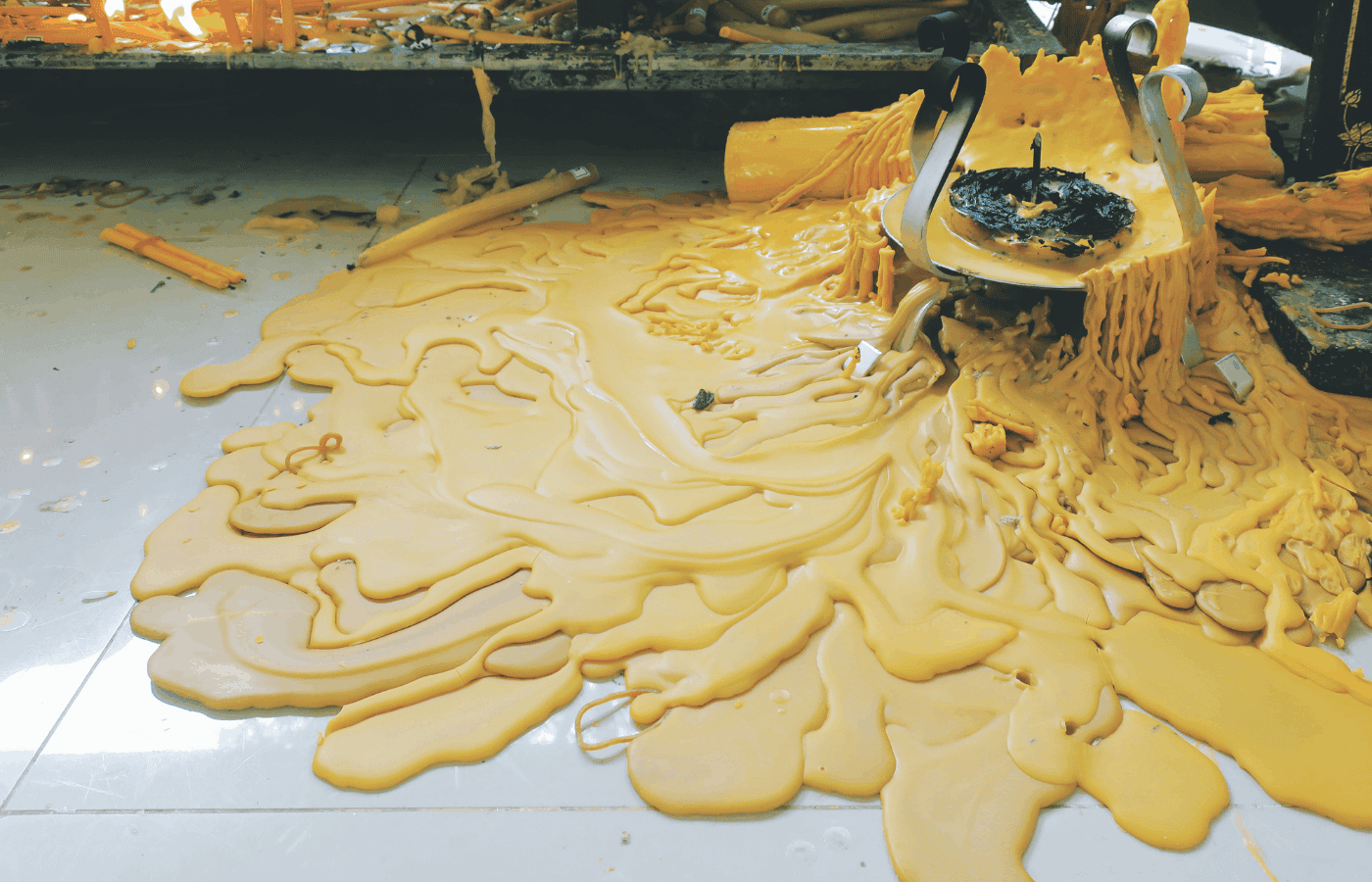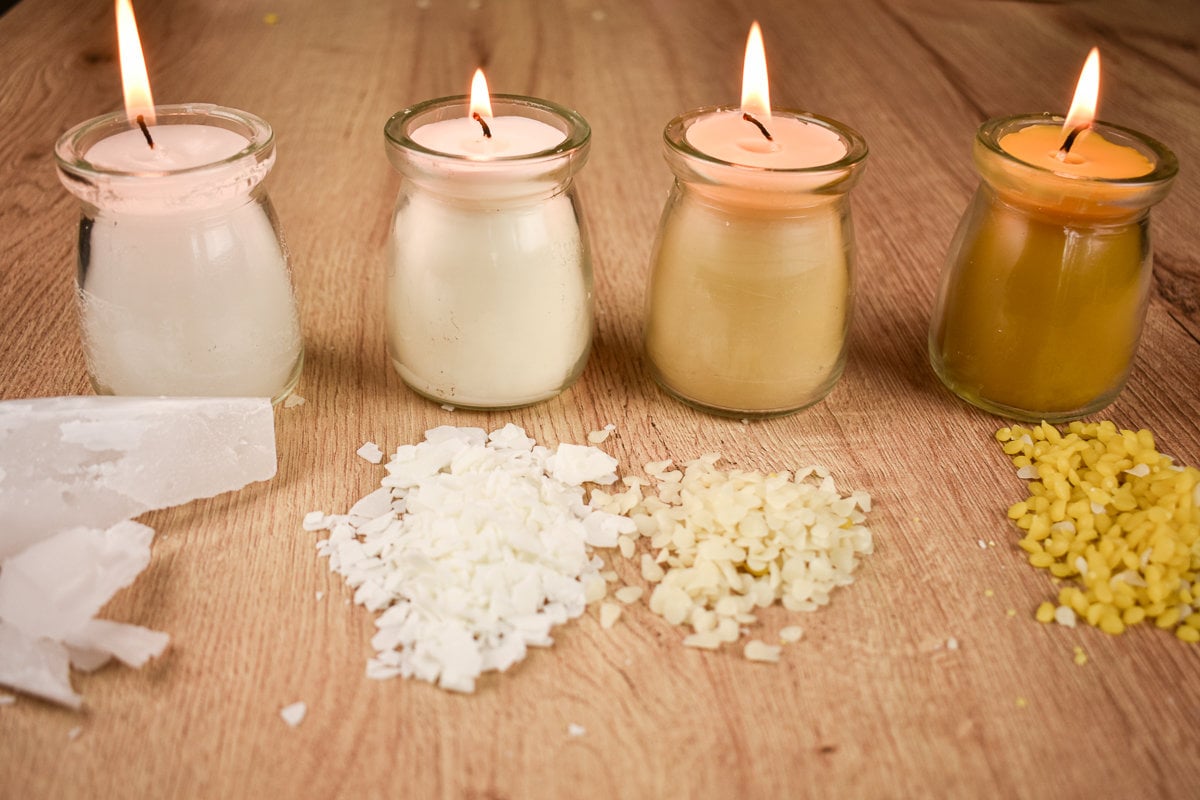What Happens When You Eat Candle Wax: Understanding The Effects And Risks
Have you ever wondered what happens when you eat candle wax? This seemingly harmless substance, often associated with birthday celebrations and cozy evenings, can actually pose risks if ingested. In this article, we will delve into the potential effects of eating candle wax, how it is processed in the body, and the health implications it may carry. Many people might mistakenly believe that since candle wax is non-toxic, it is safe to consume. However, this article will clarify the truth behind this common misconception.
Ingesting candle wax can lead to various health concerns, depending on the amount consumed and the type of wax involved. While some candles are made from natural waxes like beeswax or soy, others are composed of synthetic materials that can be harmful. Understanding the composition of candle wax and its potential impact on the body is crucial for making informed decisions regarding its consumption.
Throughout this article, we will explore the different types of candle wax, the body's reaction to ingestion, and the potential health risks associated with eating candle wax. By the end, you will have a comprehensive understanding of the topic and be better equipped to avoid any unnecessary health risks. Let’s dive into the details.
- Who Is Karrueche Tran The Life And Career Of A Rising Star
- Telugu Movie Rulz The Ultimate Guide To The Telugu Film Industry
Table of Contents
- Types of Candle Wax
- Is Candle Wax Toxic?
- What Happens If You Eat Candle Wax?
- Short-Term Effects of Eating Candle Wax
- Long-Term Effects of Eating Candle Wax
- What to Do After Ingesting Candle Wax
- Preventing Accidental Ingestion
- Conclusion
Types of Candle Wax
Candle wax can be made from various materials, each with its own characteristics and potential risks. Here are the most common types:
- Paraffin Wax: A byproduct of petroleum, paraffin is the most widely used wax in candle making. It is inexpensive but can release harmful substances when burned.
- Beeswax: A natural wax produced by bees, beeswax is non-toxic and often used in natural candles. It is considered safe if ingested in small amounts.
- Soy Wax: Made from soybeans, soy wax is a renewable resource and is often marketed as a healthier alternative to paraffin. It is generally safe but not recommended for ingestion.
- Gel Wax: A synthetic wax that has a jelly-like consistency, gel wax is made from mineral oil and polymer resin. Its safety upon ingestion is questionable.
Is Candle Wax Toxic?
The toxicity of candle wax largely depends on its composition. While natural waxes such as beeswax and soy wax are generally regarded as safe, synthetic waxes like paraffin and gel wax may contain harmful substances.
According to the National Center for Biotechnology Information, paraffin wax can release toxic compounds when burned, and ingestion may lead to gastrointestinal issues. Therefore, it is essential to know the type of wax before considering its safety.
- Balthazar Getty The Multifaceted Life Of An American Actor And Producer
- Carrie Underwood Pregnant Everything You Need To Know
What Happens If You Eat Candle Wax?
When you ingest candle wax, the body reacts in various ways depending on the amount consumed and the wax's composition. Here’s a breakdown of the immediate and long-term effects:
Immediate Reactions
Upon ingestion, wax may not be digested effectively due to its composition. Some immediate reactions may include:
- Stomach discomfort
- Nausea
- Vomiting
- Diarrhea
Long-Term Reactions
If large amounts of wax are ingested over time, it may lead to more severe health issues, such as:
- Intestinal blockage
- Chronic gastrointestinal problems
- Potential exposure to toxic compounds from synthetic waxes
Short-Term Effects of Eating Candle Wax
The short-term effects of eating candle wax can range from mild to severe. Here are some potential outcomes:
- Gastrointestinal Distress: The most common effect is stomach upset, which may include cramping and discomfort.
- Allergic Reactions: Some individuals may experience allergic reactions to certain waxes or additives.
- Choking Hazard: Depending on the size of the wax piece, there is a risk of choking.
Long-Term Effects of Eating Candle Wax
Long-term ingestion of candle wax can lead to more serious health issues. Here are some potential long-term effects:
- Intestinal Blockages: Consuming large quantities of wax can cause blockages in the intestines, which may require medical intervention.
- Toxicity: Long-term exposure to synthetic waxes can lead to toxic buildup in the body, affecting overall health.
What to Do After Ingesting Candle Wax
If you or someone you know has ingested candle wax, it’s crucial to take the following steps:
- Do Not Induce Vomiting: Unless instructed by a medical professional, do not attempt to vomit.
- Seek Medical Attention: If symptoms persist or worsen, seek medical help immediately.
- Stay Hydrated: Drinking water may help alleviate some discomfort, but avoid consuming large amounts.
Preventing Accidental Ingestion
To avoid accidental ingestion of candle wax, consider the following preventive measures:
- Keep candles out of reach of children and pets.
- Educate family members about the dangers of ingesting non-food items.
- Use natural candles made from beeswax or soy wax instead of synthetic options.
Conclusion
In conclusion, while candle wax may seem harmless, ingesting it can lead to various health risks, particularly with synthetic types. Understanding the types of candle wax, their potential toxicity, and the effects of ingestion is vital for preventing health issues. If you or someone you know accidentally consumes candle wax, seek medical attention promptly and follow recommended safety measures.
We encourage you to share your thoughts on this topic in the comments below or to share this article with others who may find it informative. Stay safe and informed!
Thank you for reading! We hope to see you back for more informative articles.

Can You Eat Candle Wax? Find Out Here!

What Happens If You Overheat Candle Wax?

Soy Vs Beeswax Candles? What Are The Benefits & Cons of Each?